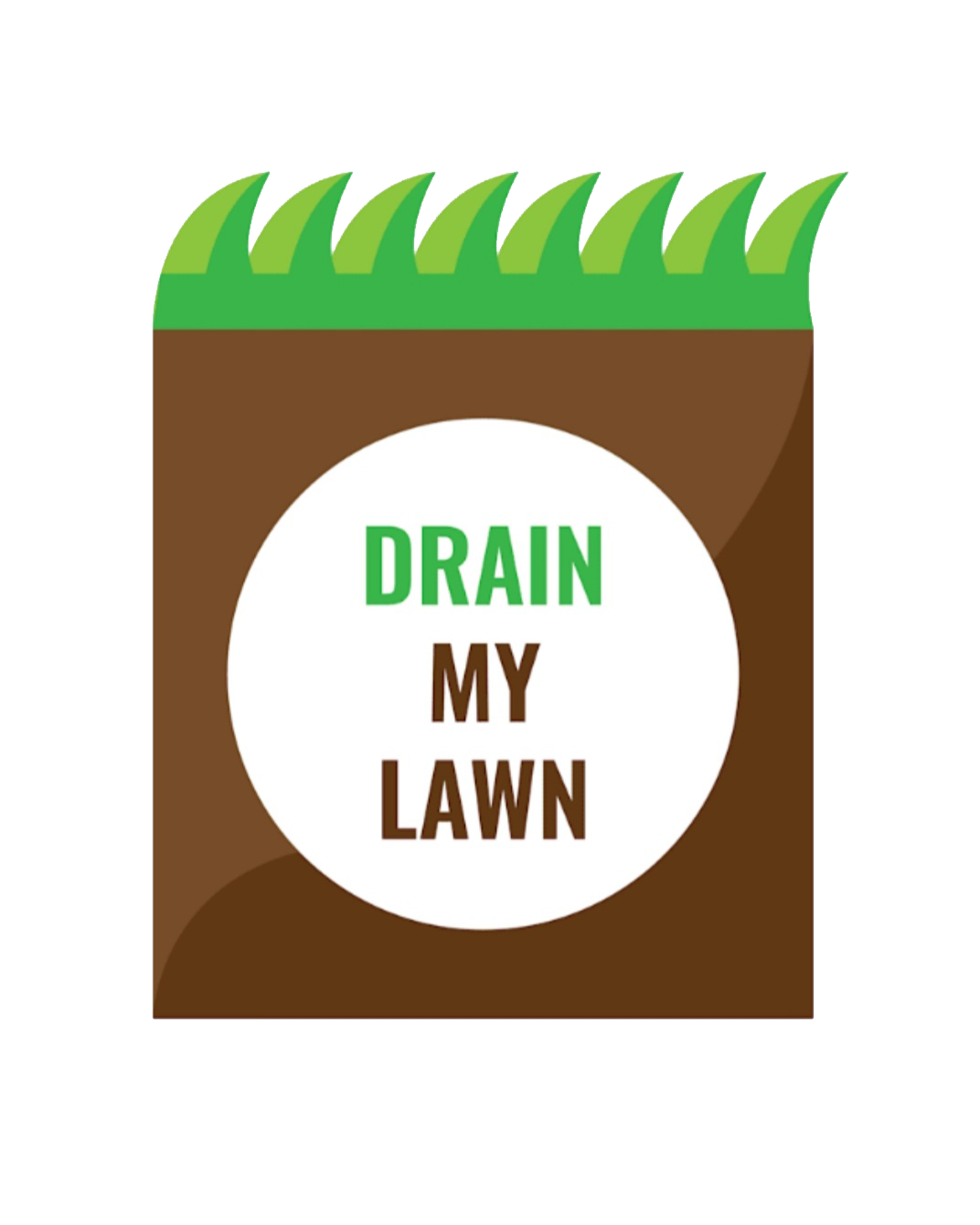Effective Catch Basin Maintenance: A Step-by-Step Guide for Charlotte, NC
Keeping your drainage system in top condition is crucial for preventing water buildup and ensuring proper water flow. Today, we’re diving into the process of cleaning and maintaining catch basins, focusing on a channel drain and a large catch basin that had become clogged.
Tools You'll Need
Screwdriver
Shop Vacuum
Bucket
Hose
Step-by-Step Maintenance Process
Assessment and Preparation
We started by assessing the situation. Both the channel drain and the large catch basin were clogged, almost blocking the pipe.
We brought our shop vacuum to make the cleanup process easier and enlisted the help of my assistant, Vincent.
Loosening Debris
Using a screwdriver, we loosened the debris accumulated in the drains. This step is crucial as it makes it easier to vacuum up the clogging material.
You’ll notice that the debris is often a mix of mulch and sediment. In some cases, you can remove larger pieces by hand, but using a shop vacuum ensures a thorough cleanup.
Vacuuming the Debris
With everything loosened, we used the shop vacuum to clean out the debris. This is an efficient way to handle large amounts of sediment and debris that can accumulate over time.
Importance of Large Catch Basins
In areas with high sediment, having a large catch basin is incredibly beneficial. Smaller basins can fill up quickly, leading to frequent clogs and more maintenance.
A large catch basin provides more capacity, reducing the frequency of maintenance and preventing system clogs.
Final Cleanup
After vacuuming the majority of the debris, we cleaned out the remaining sediment at the bottom of the catch basin and the pipe.
We also washed out the hose to prevent mud buildup and ensure the equipment stays in good working condition.
Completion and Results
Once the cleaning was completed, we inspected the area to ensure everything was clear. This cleaning will keep the system functioning effectively for at least another year, even in high-sediment environments.
Key Takeaways
Regular Maintenance: Regularly cleaning your catch basins and drainage systems is essential to prevent clogs and ensure proper water flow.
Proper Tools: Using the right tools, like a shop vacuum and a screwdriver, can make the process more efficient and effective.
System Design: Consider the size of your catch basins. In areas with high sediment, larger basins can reduce maintenance frequency and improve system reliability.
By following these steps, you can maintain your catch basins and drainage systems effectively. If you need professional help, don’t hesitate to call Drain My Lawn and make sure your drainage system is always in top shape. Happy cleaning!

